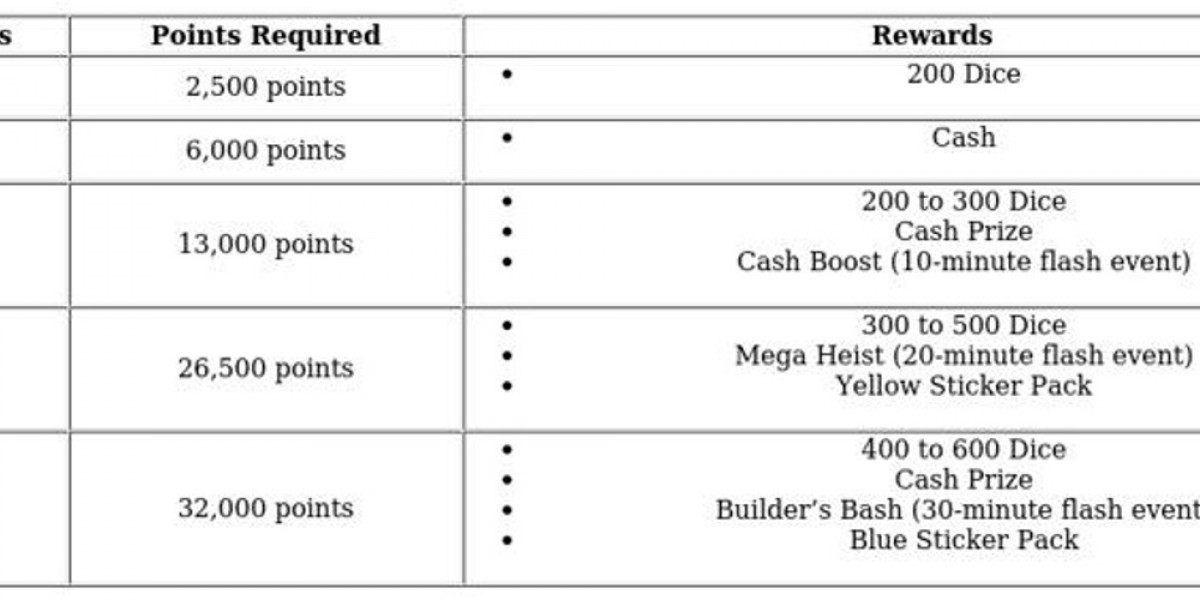The Unsung Heroes: Navigating the Packaging Assembly Equipment Market
The Packaging Assembly Equipment Market is the crucial backbone of the global semiconductor industry, playing a pivotal, yet often understated, role in transforming individual semiconductor dies into functional, reliable, and marketable electronic components. These specialized machines are responsible for the intricate processes of bonding, sealing, testing, and preparing chips for integration into various electronic devices. As the demand for sophisticated electronics continues to surge, so too does the need for advanced, efficient, and precise packaging assembly equipment.
Defining Packaging Assembly Equipment
This market encompasses a wide array of specialized machinery used in the final stages of semiconductor manufacturing, often referred to as "back-end" processing. Key types of equipment include:
Die Bonder Equipment: Machines that accurately pick up individual semiconductor dies (chips) from a wafer and place them onto a lead frame, substrate, or another chip. This includes flip-chip bonders, which attach the chip face-down with solder bumps, and wire bonders, which connect the chip's electrical pads to the package leads using fine wires.
Encapsulation Equipment: Used to encapsulate or mold the delicate chip and its connections within a protective material (typically epoxy molding compound). This shields the chip from environmental damage, moisture, and physical stress.
Dicing Equipment: Machines that cut the individual dies from a processed semiconductor wafer. This can involve blade dicing (using rotating saws) or laser dicing.
Laminating Equipment: Used in advanced packaging processes to apply protective or functional layers to wafers or substrates.
Test & Inspection Equipment: Critical for ensuring the quality and reliability of packaged chips. This includes automated optical inspection (AOI) systems, X-ray inspection, and various electrical testers that verify functionality and performance.
Singulation Equipment: After encapsulation, this equipment separates the individual packaged units from a molded strip or array.
Marking Equipment: Applies identifiers like logos, part numbers, and date codes onto the packaged components.
Material Handling Equipment: Robotics and automated systems used for loading, unloading, and transporting wafers, lead frames, and packaged units throughout the assembly process.
Driving Forces Behind Market Expansion
Several powerful trends are fueling the robust growth of the Packaging Assembly Equipment Market:
Semiconductor Industry Growth: The overall expansion of the semiconductor market, driven by consumer electronics, automotive, data centers, AI, and IoT, directly translates into increased demand for packaging equipment.
Miniaturization and High-Density Packaging: The relentless pursuit of smaller, more powerful devices necessitates advanced packaging techniques (e.g., 2.5D/3D packaging, fan-out wafer-level packaging). These complex packages require highly precise and sophisticated assembly equipment.
Heterogeneous Integration: As Moore's Law slows down, integrating diverse functionalities (e.g., logic, memory, RF) into a single package (chiplets) is becoming crucial. This trend demands highly flexible and accurate bonding and assembly equipment.
Automotive Electronics: The growing electronic content in vehicles, driven by EVs, ADAS, and autonomous driving, requires highly reliable and robust packaging, boosting demand for specialized automotive-grade assembly equipment.
5G and AI Adoption: The deployment of 5G networks and the increasing demand for AI processing necessitate high-performance, compact, and thermally efficient packages, pushing the boundaries of existing assembly technologies.
Automation and Industry 4.0: Semiconductor fabs are increasingly adopting automation, robotics, and smart factory principles to improve efficiency, yield, and reduce human error, driving investment in advanced automated assembly lines.
Yield Improvement and Cost Reduction: Manufacturers continuously seek equipment that can improve production yield, reduce material waste, and lower per-unit packaging costs.
Key Market Trends and Innovations
Increased Precision and Speed: There's a continuous drive for equipment with higher accuracy, finer pitch capabilities, and faster throughput to meet the demands of advanced packaging and high-volume manufacturing.
Advanced Materials Handling: Equipment is evolving to handle increasingly thin and fragile wafers and dies without damage.
Integration of AI and Machine Vision: AI-powered machine vision systems are being integrated into assembly equipment for highly accurate inspection, defect detection, and process optimization.
Enhanced Thermal Management Capabilities: As chips generate more heat, packaging assembly equipment is incorporating features that support advanced thermal interface materials and cooling solutions within the package.
Modularity and Flexibility: Equipment is becoming more modular, allowing manufacturers to reconfigure lines quickly for different package types and production volumes.
Sustainable Manufacturing: Efforts are underway to develop more energy-efficient equipment and reduce waste in the packaging process.
Challenges and Outlook
Despite the strong growth prospects, the market faces challenges such as the high capital expenditure required for state-of-the-art equipment, the technical complexity of integrating advanced packaging processes, and the cyclical nature of semiconductor demand. Geopolitical factors influencing supply chains and technology trade also play a significant role.
However, the indispensable nature of packaging assembly equipment in enabling the next generation of electronic devices ensures its continued evolution and robust demand. As chips become more complex, smaller, and more integrated, the innovation in packaging assembly equipment will remain a critical determinant of the semiconductor industry's future capabilities.
Related Reports:







